Geospatial Information and Technology
Geospatial Information and Technology is an interdisciplinary field dedicated to the collection, management, analysis, and presentation of geographical data and information. Coursera's Geospatial Information and Technology catalogue provides you with the knowledge and tools to manipulate and analyze geographic data. You'll learn about geographical information systems (GIS), remote sensing, global positioning system (GPS), cartography, geostatistics, spatial analysis, and data visualization. Expand your understanding of the world by mastering how to integrate various types of spatial or geographical data into a unified whole, create maps, and other visual representations of geospatial data. This skill is particularly useful for roles in environmental management, urban planning, logistics, and many more.
16credentials
45courses
Filter by
SubjectRequired *
Required
*LanguageRequired *
Required
*The language used throughout the course, in both instruction and assessments.
Learning ProductRequired *
Required
*Build job-relevant skills in under 2 hours with hands-on tutorials.
Learn from top instructors with graded assignments, videos, and discussion forums.
Learn a new tool or skill in an interactive, hands-on environment.
Get in-depth knowledge of a subject by completing a series of courses and projects.
Earn career credentials from industry leaders that demonstrate your expertise.
LevelRequired *
Required
*DurationRequired *
Required
*SubtitlesRequired *
Required
*EducatorRequired *
Required
*Results for "geospatial information and technology"
Sort by: Best Match
Most popular
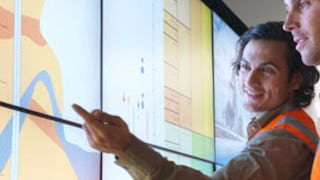 Status: Free TrialFree TrialU
Status: Free TrialFree TrialUUniversity of California, Davis
Specialization
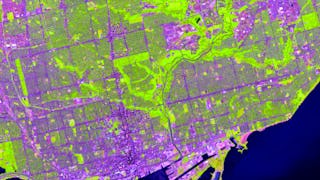 Status: Free TrialFree TrialU
Status: Free TrialFree TrialUUniversity of Toronto
Specialization
 Status: Free TrialFree TrialJ
Status: Free TrialFree TrialJJohns Hopkins University
Specialization
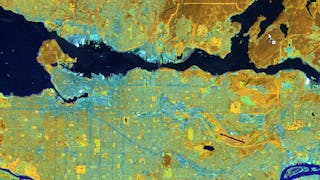 Status: Free TrialFree TrialU
Status: Free TrialFree TrialUUniversity of Toronto
Course
Trending now
 Status: Free TrialFree TrialStatus: AI skillsAI skills
Status: Free TrialFree TrialStatus: AI skillsAI skillsProfessional Certificate
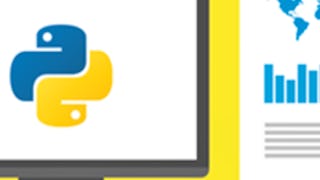 Status: Free TrialFree Trial
Status: Free TrialFree TrialCourse
 Status: Free TrialFree TrialU
Status: Free TrialFree TrialUUniversity of California, Davis
Specialization
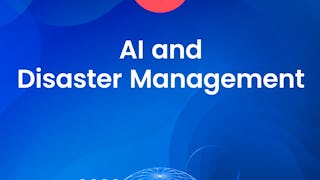 Status: Free TrialFree TrialD
Status: Free TrialFree TrialDDeepLearning.AI
Course
New releases
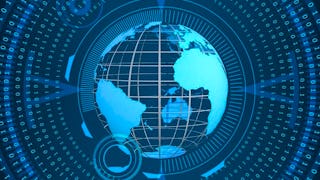 Status: Free TrialFree TrialC
Status: Free TrialFree TrialCCase Western Reserve University
Specialization
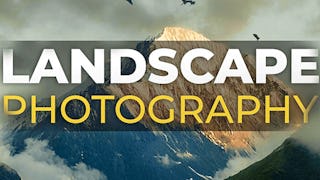 Status: Free TrialFree TrialS
Status: Free TrialFree TrialSSkillshare
Specialization
 Status: Free TrialFree TrialC
Status: Free TrialFree TrialCCoursera Instructor Network
Specialization
 Status: Free TrialFree Trial
Status: Free TrialFree TrialCourse







